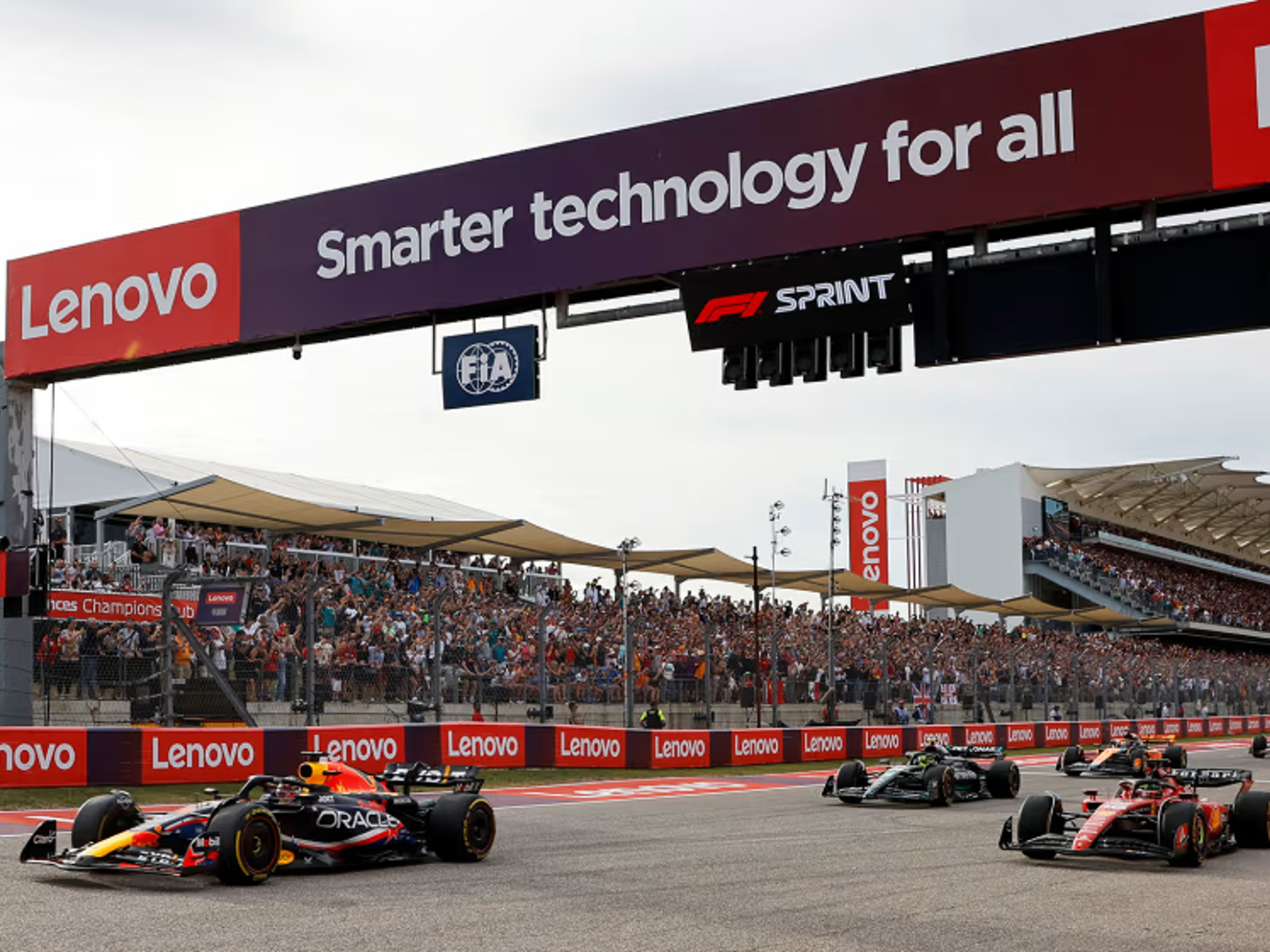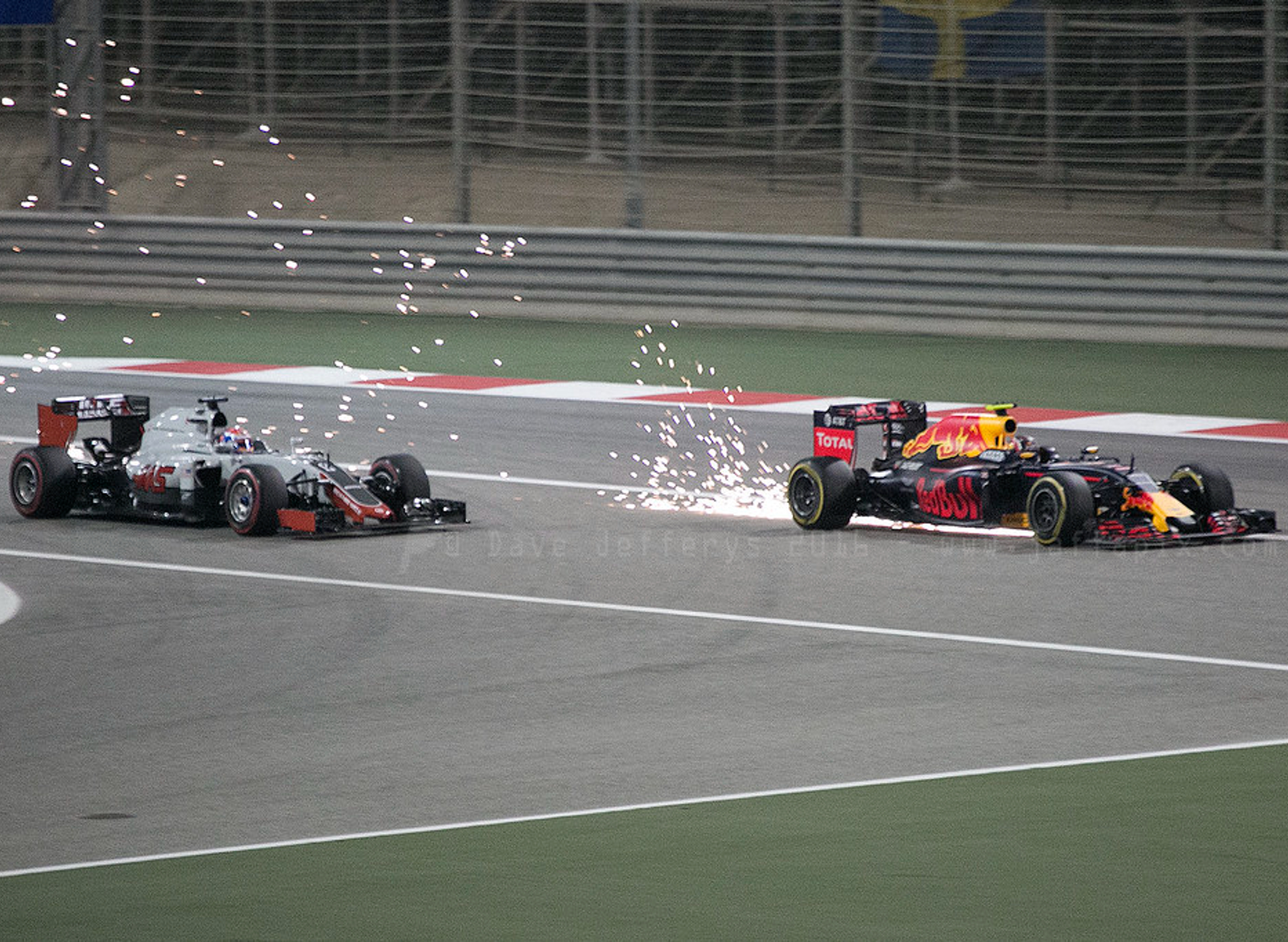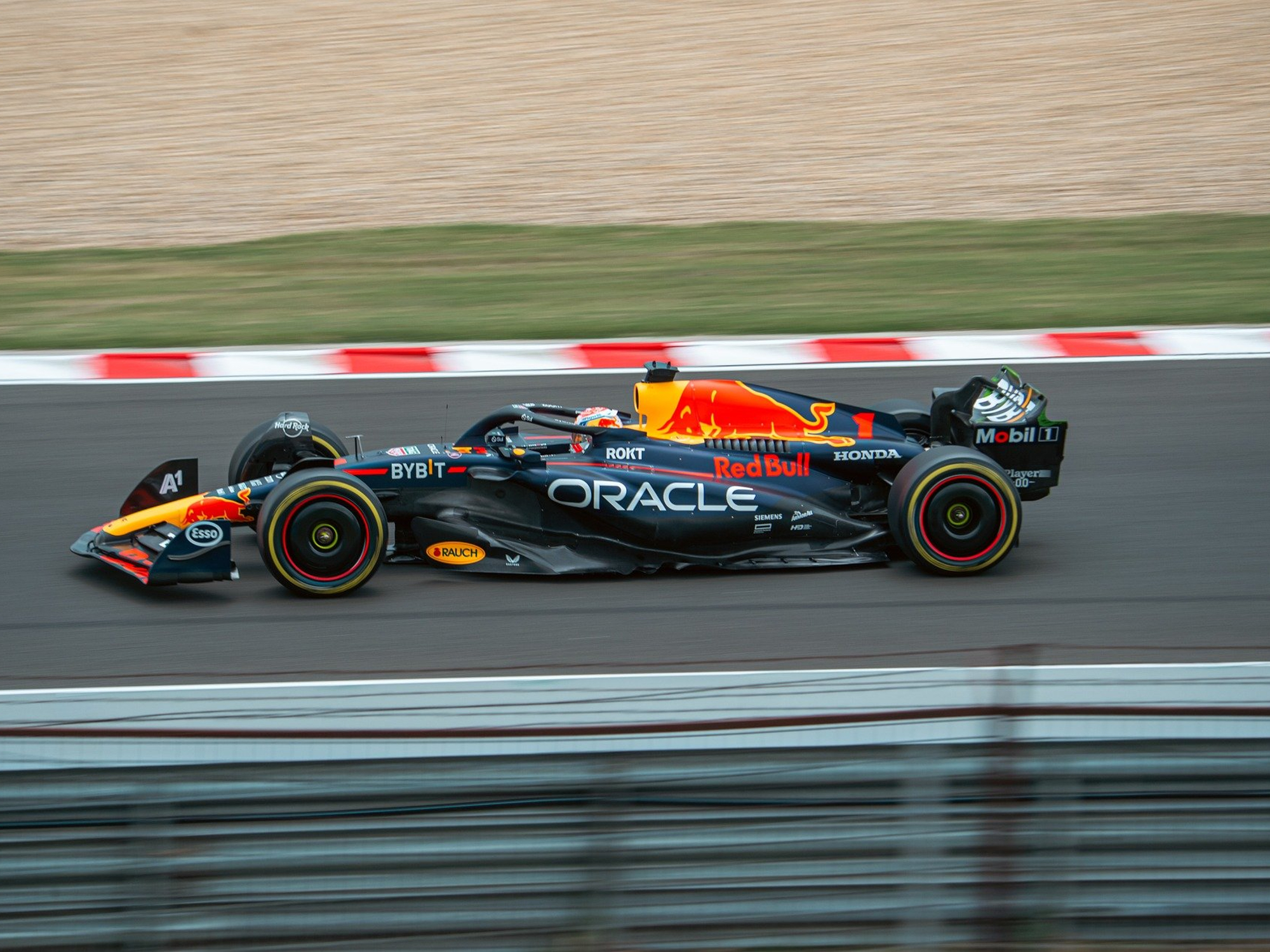
With hundreds of millions of dollars at stake for F1 teams each season, how do you become a Formula 1 driver? You have to be at least 18, according to the FIA F1 Rules and Regulations, but there is no upper age limit for F1 drivers. However, if it were easy, just showing up to apply for the job, F1 teams would be deluged with applications. But it’s not easy at all. For an F1 team to invest in you and trust you with cars that have engines worth more than $10 million, there’s much more to it. Let’s take a look.
How does someone become an F1 driver?

Even before F1’s recent popularity growth spurt in the U.S., F1 has long been considered the motorsports summit. Not every kid who buckles in to ride around a go-kart track is inspired to make it their life’s work, but a surprisingly high number of F1 driver interviews start with stories of early prowess in organized kart racing. I’ve never heard of an F1 driver deciding in their late teens to start training for a seat in a Formula 1 race car.
So how does one become a Formula 1 driver? Consider it a given that aspiring F1 drivers started in a restricted division when they were young, likely five to eight years old. Individuals, as well as their families, who eventually sign with an F1 team do so only after ten to 15 years of sacrificing time, money, and other opportunities. Most kids start off with kart racing — a costly endeavor — and eventually get a kart racing license. As with most other sports, the more you win, the more you advance to more competitive divisions. But in order to do so, you need a few essential things — talent, dedication, time, and money.
The essence of winners starts with aptitude, but that’s just a start

Skills can be learned, but talent is innate. Many extremely talented individuals are never recognized as such and don’t go far in any sport, especially in motorsports, if they don’t win fairly and consistently. Wanting it badly isn’t enough. Desire and motivation are required, but they’re only the fuel that fires talented drivers with the physical, mental, and emotional strength needed to beat every other driver in your heat, race, or game.
You might as well keep thinking you need to beat every other person every time you compete because, until you meet, train, and compete with others who are progressing to the pinnacle of your sport, the only way you’ll continue to move up the ranks is by winning most of the time. And when you do get to the top competition level, where you will not win most of the time, all those years of previous wins will count again in strengthening your self-confidence.
If you watch seasons of the Netflix series Formula 1: Drive to Survive, you may have been surprised at how much time drivers spend working out alone and with trainers. Strength, flexibility, and endurance are required, but don’t feed on past discipline and efforts. You have to continue doing the work to stay ready and able for your job.
Costs in time and money

A ball and a place to throw, kick, hit, or run with it is all you need for many sports, but for motorsports, from the youngest division karting to professional racing, someone has to pay to own and maintain the racing vehicles as well as own, prepare, maintain, and insure the locations. As you know, if you or anyone in your family plays on local or regional sports teams or competes in individual sports such as dancing, skiing, or ice skating, the expense of uniforms and protective gear, equipment, team or membership fees, plus the transportation and travel costs of getting to and from practices, games, tournaments, and so forth, all add up fast.
For aspiring F1 drivers, the costs of vehicles and their maintenance, operation, transportation, and any required registration, inspection, licensing, or entry fees increase with every higher level of racing. Travel costs to other towns can eventually grow to long-duration trips and stays for racing seasons. Costs for training and coaching also mount rapidly.
The reality of the immense funding to support a potential F1 driver’s years working up the ladder to levels that can potentially come with a paycheck to make it all profitable means most F1 drivers have wealthy families, patrons, or sponsors.
A license to drive very fast — the FIA F1 Super License

If you meet all of the qualifications above, winning tons of races, probably starting with karting and following up through the levels of open car competition to F3 and F2, even if every F1 team principal and owner wants to sign you up for a multiyear contract, you still need an F1 Super License. The FIA issues licenses for various racing levels.
For the FIA to use the F1 Super License, a driver must meet the following qualifications:
- Be 18 years old or older on the date of their initial F1 event.
- Have an existing International Grade A competition license.
- Have a valid driver’s license for their own country.
- Pass the FIA test of knowledge of F1 sporting and technical regulations
- Participated in and completed 80% or more of two full seasons of certified single-seater championships.
- Accumulated at least 40 qualified championship points in the previous three years.
If an applicant meets the above qualifications, they then pay a reported 10,400 euros (approximately $11,307) fee for a one-year license.



